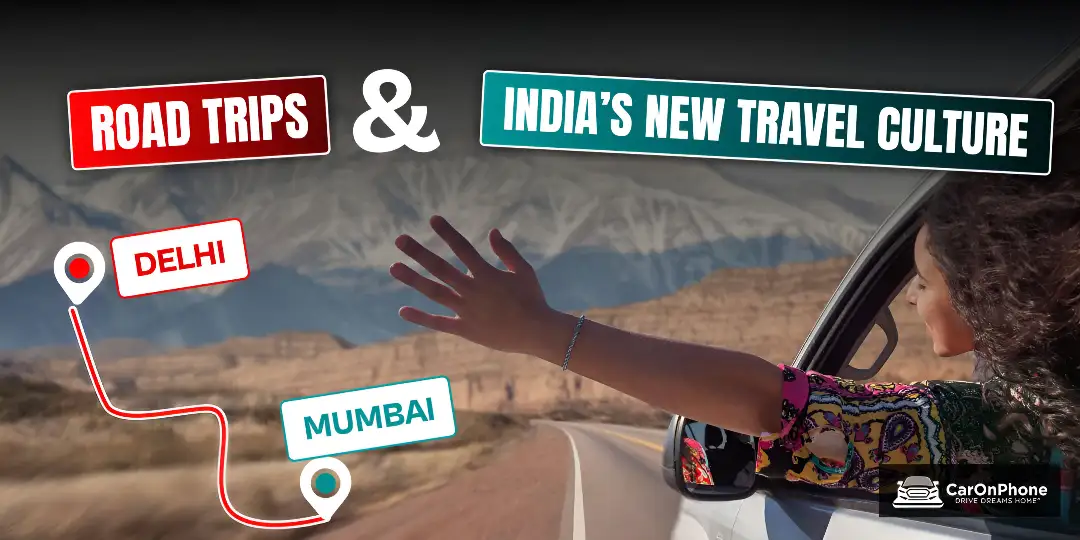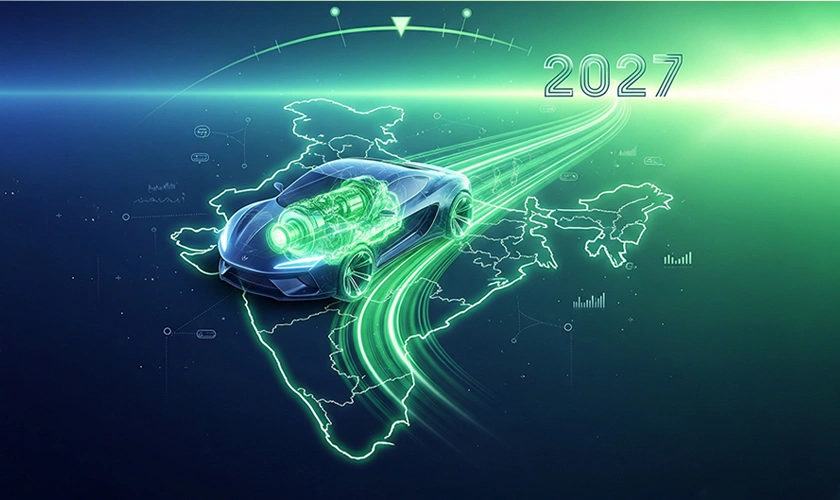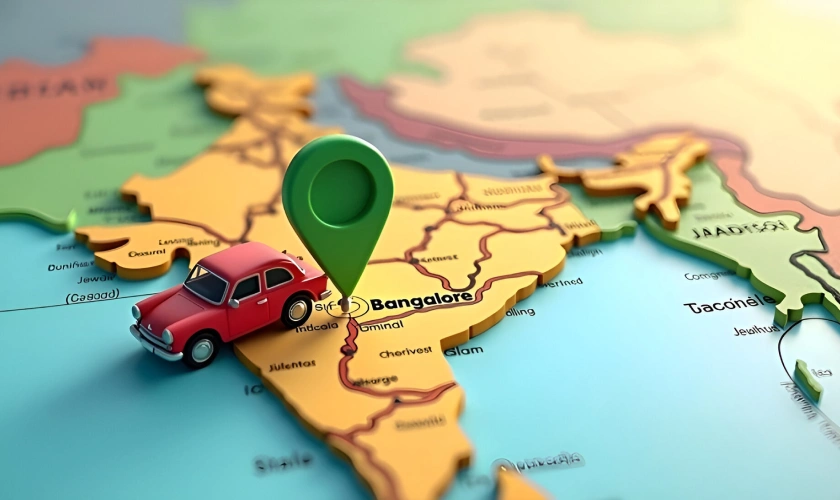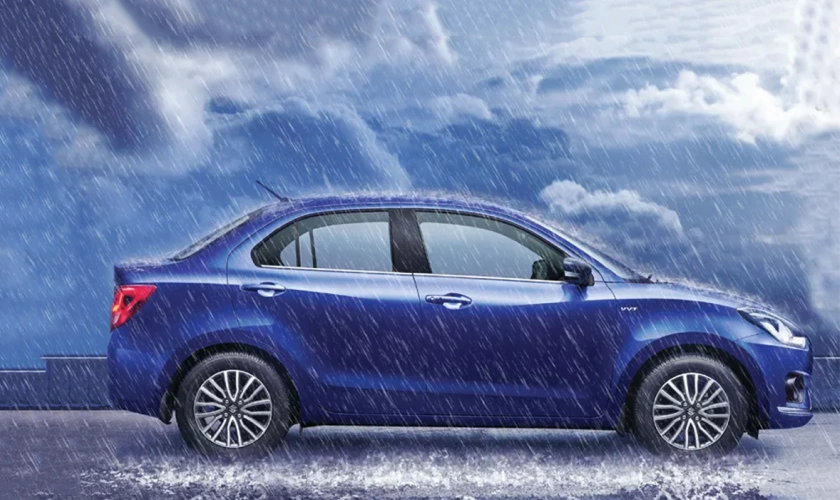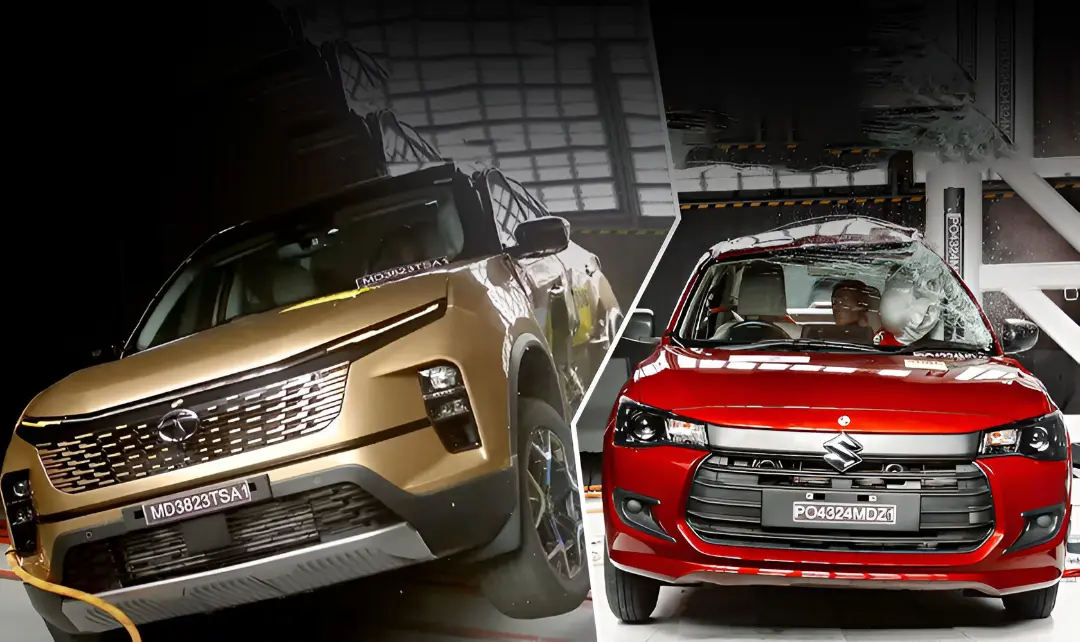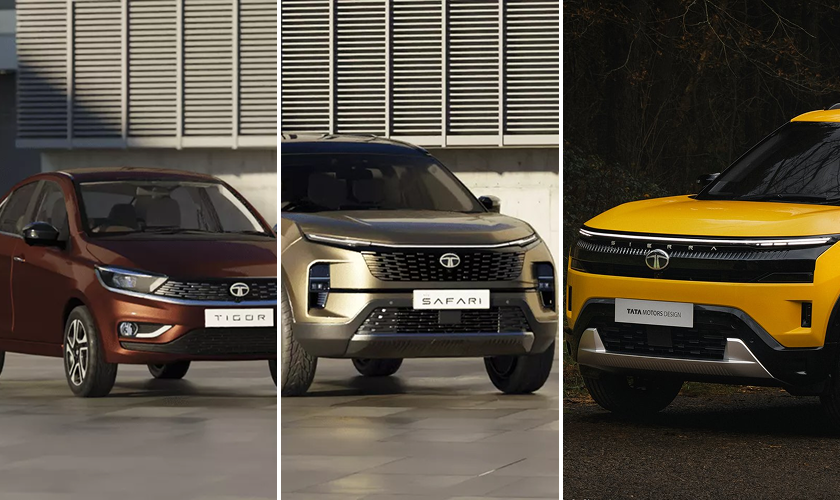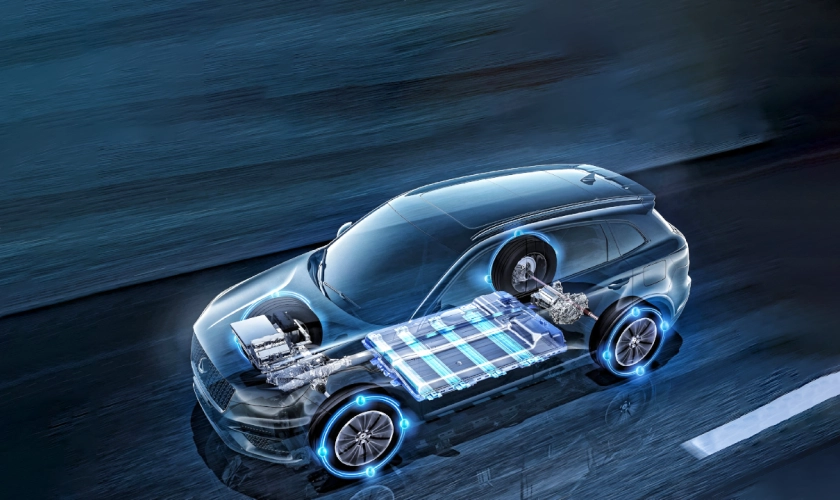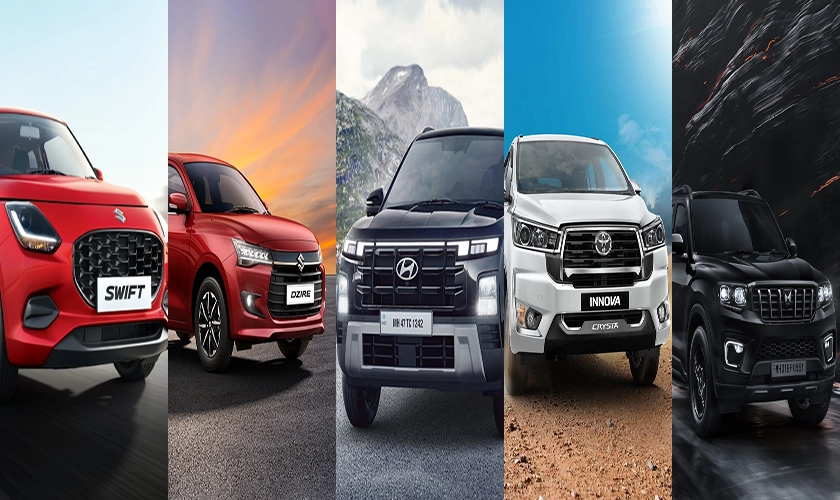

Blog Chapters
Toggle01 Aug 2025, 07:37 AM
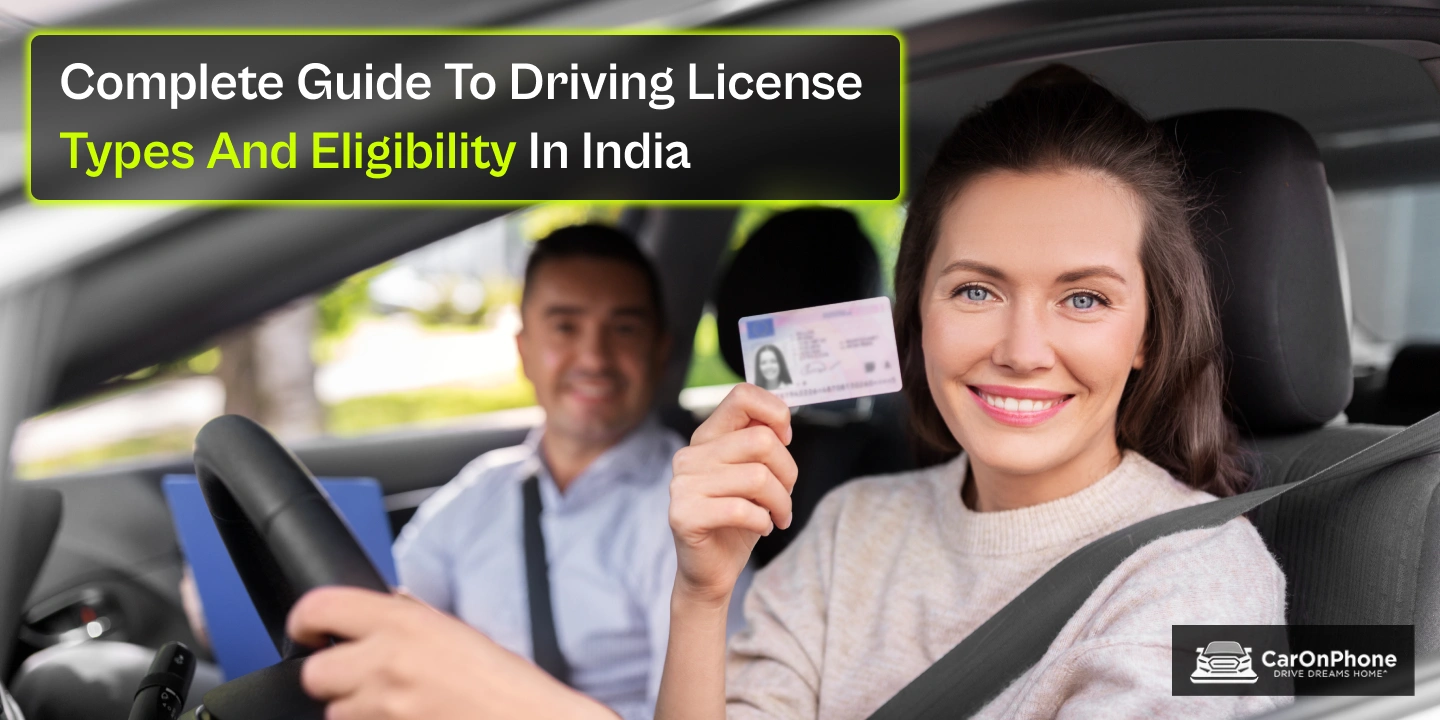
Holding a driving license is mandatory to drive any motor vehicle in India. Whether you plan to ride a scooter, drive a personal car, or operate heavy vehicles for work, the type of license you hold matters. Choosing the wrong license or applying without eligibility may result in penalties or application rejection.
This guide explains the different types of driving licenses in India, their eligibility requirements, and helpful tips to make the process smooth.
Blog Chapters
ToggleThe transport authority issues different types of driving licenses based on vehicle type, weight, and purpose (personal or commercial).
Eligibility depends on vehicle type and licence purpose (personal vs commercial).
| Licence Type | Minimum Age |
|---|---|
| Motorcycle Without Gear | 16 years (with consent) |
| Motorcycle With Gear | 18 years |
| Light Motor Vehicle (LMV) | 18 years |
| Commercial/Transport Vehicles | 20 years |
For Personal Use
For Commercial Use
Always match your car insurance plan with your licence category. A mismatch may lead to claim rejection.
Step 1: Online Application
Step 2: Learner’s Licence Test
Step 3: Permanent Licence Test
Different types of driving licenses serve different vehicle categories and purposes. Whether you are learning to drive, planning to drive commercial vehicles, or traveling abroad, there is a license designed for your needs. Always ensure you have the correct and valid license before driving.
CarOnPhone is your one-stop destination to see all upcoming cars, latest cars, released cars, and EV Cars, and compare Cars in all Car Brands. Stay tuned and follow us to update yourself on the automotive world.

